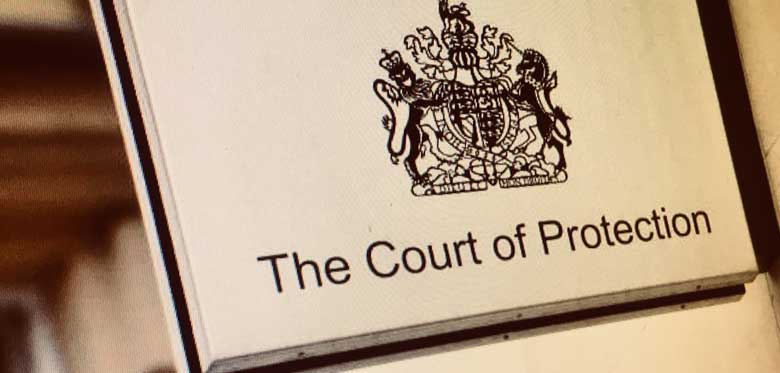Since the Court of Protection Rules 2007, there has been no comprehensive update of the rules and directions governing the practice and procedure in the Court of Protection until now.
On 1 December 2017, the new Court of Protection Rules 2017 were introduced. The rules revoke the Court of Protection Rules 2007, and the subsequent Court of Protection (Amendment) Rules of 2009, 2011, 2015 and 2017, and replace them with a new consolidated set of rules which aim to reflect the court’s present challenges.
The new Court of Protection rules are arranged into parts, reflecting a similar arrangement to that of the Civil Procedure Rules and Family Procedure Rules. The rules also adopt a different order from the previous 2007 rules and introduce new rules which were piloted in 2016/176 by the Practice Direction – Case Management Pilot.
Overriding objective
The overriding objective, namely that the court must deal with a case ‘justly and at a proportionate cost’, is to be applied whenever the court exercises its powers under the rules and is now set out in part 1. Part 1 also sets out a number of rules relating to the duties of the court, parties, legal representatives and unrepresented litigants.
Main changes
Part 3
Rule 3.9 of the rules is the main new rule piloted in the Case Management Pilot and requires cases to be allocated to three case pathways. These are personal welfare pathway, property and affairs pathway and mixed welfare and property pathway. Each pathway ensures streamlining of cases and aims to enable cases to be properly prepared. There are also excepted cases which do not have to be allocated to a pathway and are set out in Practice Direction 3B.
Part 15
Amendments have also been made to how the rules govern control of expert evidence. These new rules come under part 15 and are amended to align with the approach taken by the Family Procedure Rules. Expert evidence is to be restricted to where it is genuinely necessary to assist the court to resolve the issues in proceedings. A number of matters are also listed of which the court must be satisfied before giving permission for expert evidence. Furthermore, part 15 provides that the expert’s overriding duty to the court overrides any duty to the person instructing or paying the expert.
Part 21
Finally, part 21 of the rules now contains a comprehensive freestanding provision for proceedings in relation to contempt of court, modelled primarily on the provisions in Civil Procedure Rules and Family Procedure Rules.
Whilst not directly part of the rules, the supporting Practice Directions have been amended and renumbered to reflect the new rules. The new Practice Direction 4C consolidates the Practice Direction – Transparency Pilot which was launched in 2014, and provides for transparency of proceedings in the Court of Protection. As a consequence, all hearings are to be in public subject to reporting restrictions and orders preventing those who attend the hearings from disclosing the names of the individuals involved.
The new Court of Protection Rules 2017 are therefore, for the most part, a consolidation of the previous rules and amendments to them. The introduction of new rules and practice directions are a consequence of the transparency and case management pilots which have been carried out over the last few years, and the overall aim of these rules is to assist the court in dealing with the many challenges they presently face in Court of Protection proceedings.
By Amy Makin, trainee solicitor in the Wills and probate team.



Comments